
The Absolute Foolproof Content Marketing Guide for Anyone and Everyone
This content marketing guide will walk you through the entire content marketing process, from defining your target audience to creating high-quality content and optimizing it for search engines. We will also cover the importance of content promotion and provide tips for measuring the success of your content marketing efforts.
Content marketing is a strategic approach to creating and distributing valuable, relevant, and consistent content to attract and retain a clearly defined audience – and, ultimately, to drive profitable customer action. The key here is that content marketing is not just about creating content for the sake of it – it’s about creating valuable and relevant content for your target audience.
The benefits of content marketing are many. Compelling content marketing can help you build brand awareness, establish credibility and authority, increase website traffic and engagement, generate leads and sales, and more. But to reap these benefits, you must have a clear strategy.
Why is Content Marketing Important?
Content marketing is essential for any business that wants to build a solid online presence. Here are just a few reasons why content marketing is so important:
- Builds brand awareness: By creating high-quality content that resonates with your audience, you can increase your brand’s visibility and establish your business as an authority in your industry.
- Drives traffic to your website: Valuable and informative content can attract new visitors and keep them returning for more.
- Generates leads: By providing your audience with valuable content, you can build trust and establish your business as a thought leader in your industry, ultimately leading to more leads and sales.
- Builds long-lasting relationships with your audience: By consistently creating valuable content that your audience finds helpful or entertaining, you can establish trust and build long-lasting relationships.
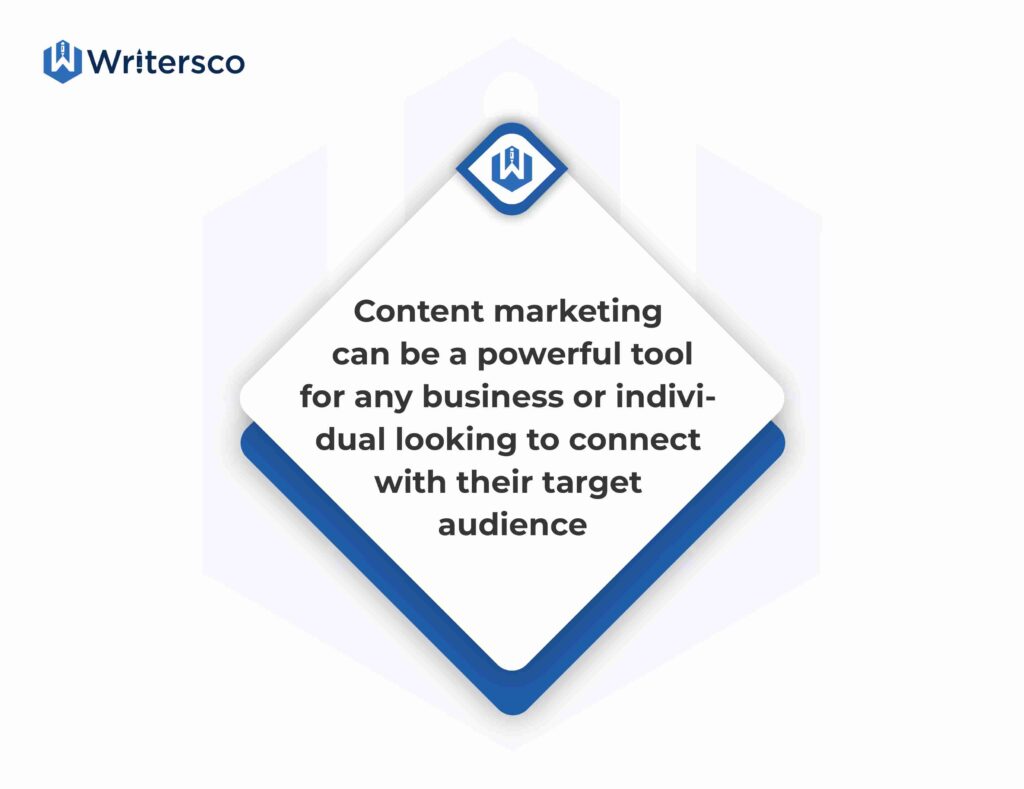
Content Marketing Guide for Anyone and Everyone
1. Defining Your Target Audience
The first step in creating a successful content marketing plan is to define your target audience. Your target audience is the people most likely to be interested in your products or services. To define your target audience, you should consider the following factors:
- Demographics: Age, gender, income, education level, and location.
- Psychographics: This includes values, interests, hobbies, and personality traits.
- Behaviors include buying habits, online behavior, and social media usage.
Once you have defined your target audience, you can create content tailored to their interests and needs.
2. Understanding Your Buyer’s Journey
The buyer’s journey is the process a potential customer goes through, from when they become aware of your brand to when they make a purchase. Understanding the different stages of the buyer’s journey is essential for creating content that resonates with your audience. The three stages of the buyer’s journey are:
- Awareness: The potential customer becomes aware of your brand and begins researching their problem or need.
- Consideration: The potential customer begins to evaluate different solutions to their problem or need.
- Decision: The potential customer makes a purchase decision and becomes a customer.
3. Creating a Content Marketing Strategy
Once you have defined your target audience and understand their buyer’s journey, you can create a content marketing strategy. Here are the critical steps to creating a successful content marketing plan:
i. Setting goals and objectives
The first step in creating a content marketing plan is to define your goals and objectives. Your goals should be specific, measurable, and achievable. Examples of content marketing goals might include:
- Increase website traffic by X%
- Generate X leads per month
- Increase brand awareness by X%
ii. Identifying content types
The next step is to identify the types of content that you will create. This might include blog posts, videos, infographics, case studies, or whitepapers. You should choose the types of content that best resonate with your target audience.
iii. Creating a content calendar
Once you have identified the types of content that you will create, you should create a content calendar. A content calendar is a schedule of content you will create and publish over a specific period. This will help ensure that you are consistently creating and posting high-quality content.
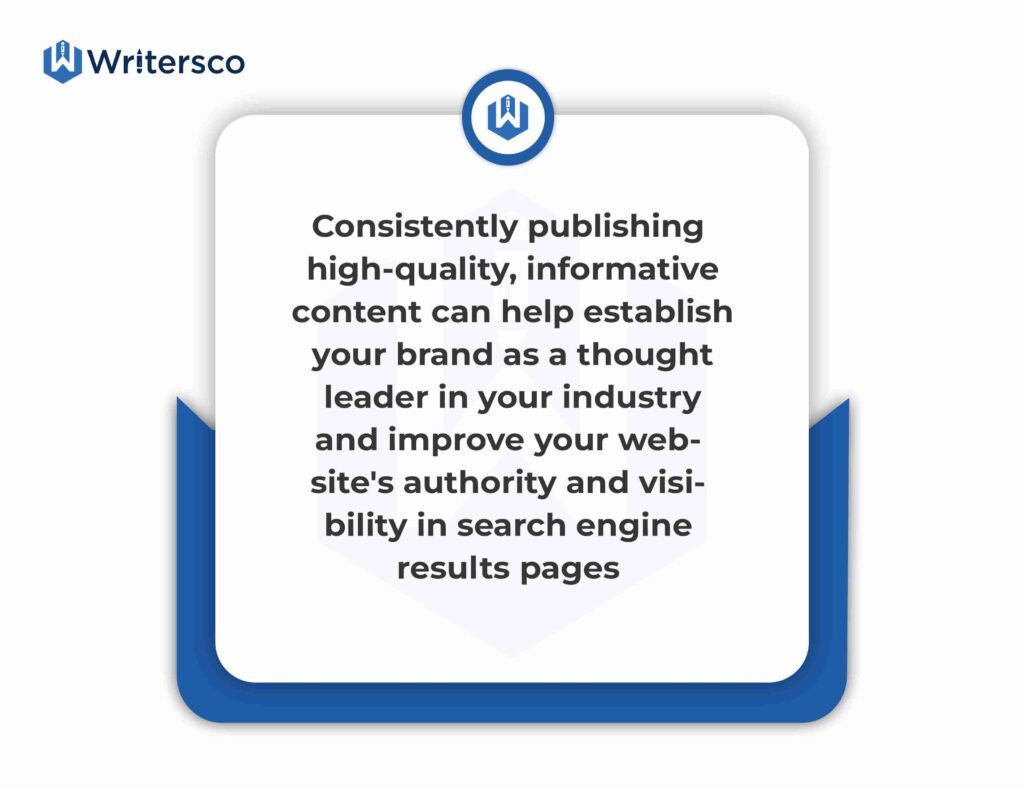
iv. Distribution and promotion strategies
The final step is to develop distribution and promotion strategies for your content. This might include social media marketing, email marketing, influencer marketing, or paid advertising. You should choose the promotion strategies that best align with your goals and target audience.
4. Creating High-Quality Content
Creating high-quality content is essential for the success of your content marketing plan. Here are the key steps to creating high-quality content:
i. Research and analysis
Before creating content, you should conduct research and analysis to understand your target audience and their needs better. This might include researching keywords, conducting surveys, or analyzing social media data.
ii. Writing effective headlines and titles
Your headlines and titles are the first things your audience will see, so it’s essential to make them attention-grabbing and informative.
iii. Creating engaging content
Your content should be engaging, informative, and valuable to your target audience. It should address their specific pain points and provide solutions to their problems.
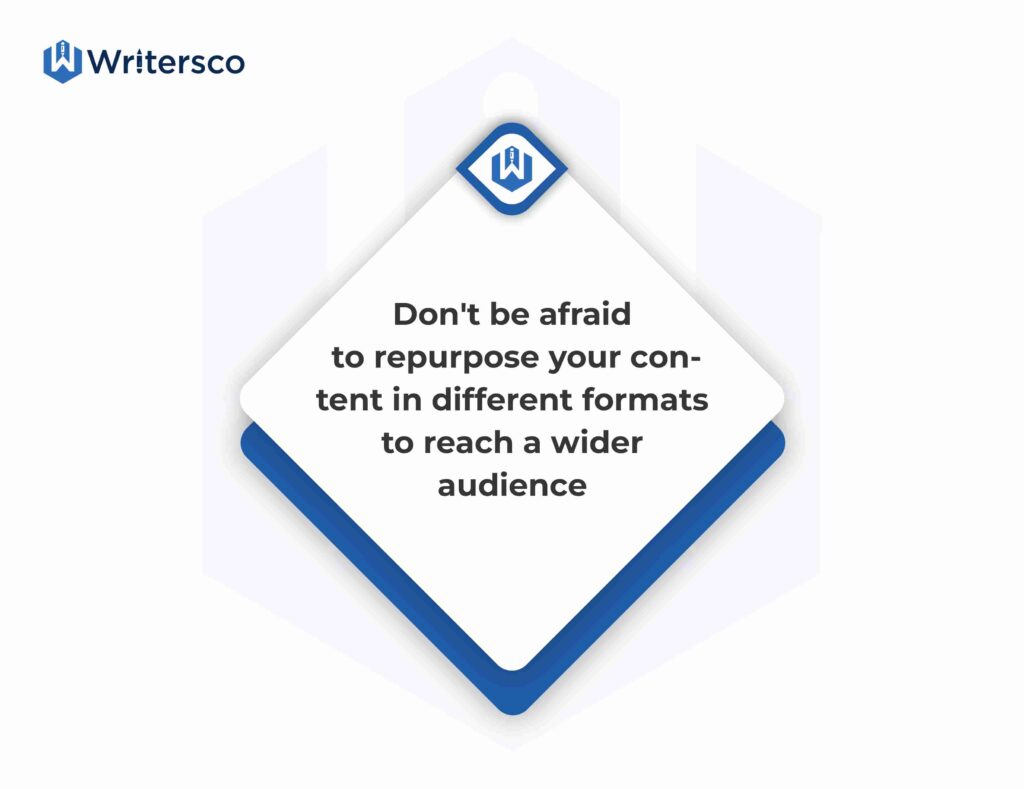
iv. Using visuals
Visuals such as images, videos, and infographics can help make your content more engaging and easier to understand. Use relevant visuals to your content and help reinforce your message.
v. Incorporating SEO best practices
Incorporating SEO best practices can help your content rank higher in search engine results pages (SERPs). This includes using relevant keywords, optimizing your meta descriptions, and ensuring your website is mobile-friendly.
vi. Editing and proofreading
Before publishing your content, be sure to edit and proofread it carefully. This will help ensure that your content is error-free and easy to understand.
5. Optimization for Search Engine
Search Engine Optimization is a thorough activity that involves several processes. Understanding SEO is an essential part of a successful content marketing journey and that is why it has been included in this content marketing guide.
i. Keyword research
This involves identifying the words and phrases your target audience is searching for and incorporating them into your website’s content. Using relevant keywords throughout your website can increase your chances of ranking higher in search engine results pages (SERPs) for those keywords.
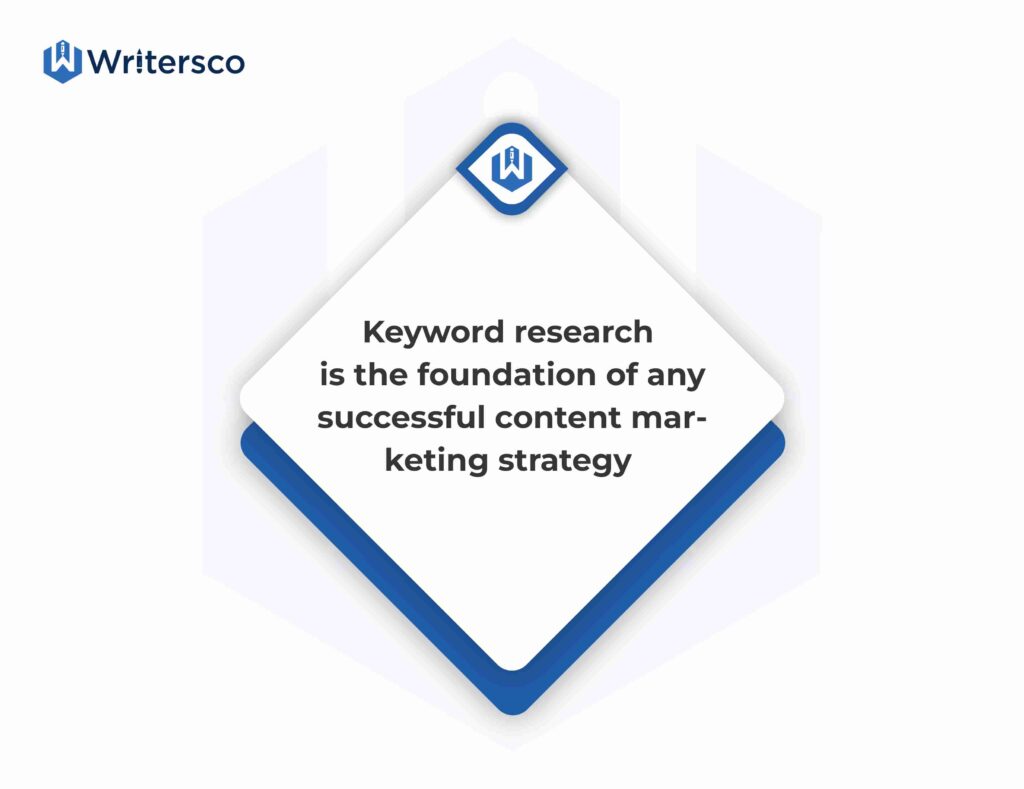
ii. On-Page optimization
On-page optimization refers to optimizing the content and structure of your website to make it more appealing to search engines. This includes optimizing your website’s meta tags, headings, and internal linking structure to make it easier for search engines to crawl and index your site.
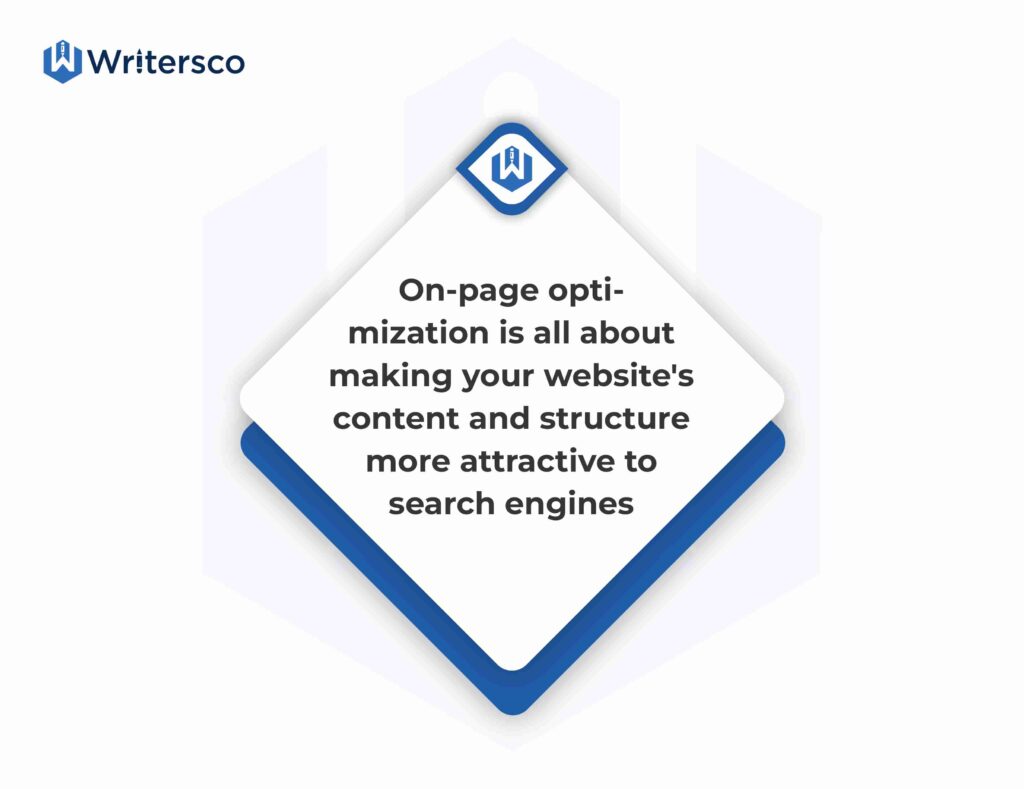
iii. Off-Page optimization
Off-page optimization involves building backlinks to your website from other authoritative websites in your industry. Backlinks are like votes of confidence from other websites, and they can help improve your website’s authority and ranking in search engine results from pages.
6. Measuring and Analyzing Results
Measuring and analyzing your content marketing results is essential for identifying what’s working and what’s not. Here are some key metrics to track:
- Website Traffic
- Time spent on page
- Social media engagement
- Conversion rates
- ROI
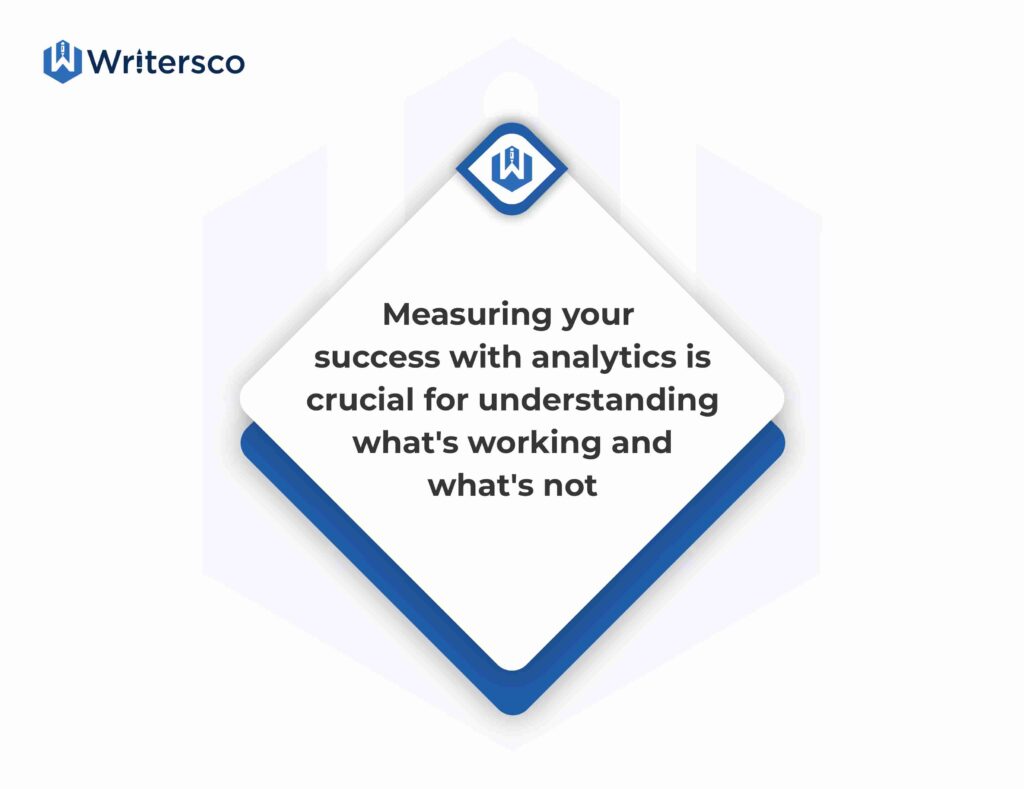
7. Staying Up-to-Date on Industry Trends
One of the keys to success in content marketing is staying up-to-date on industry trends. The world of content marketing is constantly evolving, and it’s important to stay informed so that you can adjust your strategy accordingly.
i. Importance of staying informed
There are several reasons why it’s important to stay knowledgeable about industry trends. First and foremost, staying informed allows you to identify new opportunities and emerging trends before your competitors do. This gives you a competitive advantage and lets you stay ahead of the curve.
Staying informed also helps you to avoid falling behind the times. If you’re not keeping up with industry trends, you risk becoming irrelevant to your audience. By staying informed, you can ensure your content remains fresh, relevant, and valuable to your target audience.
ii. Utilizing industry resources
So, how can you stay informed about industry trends? One of the best ways is to utilize industry resources. Several websites, blogs, and social media accounts cover the latest content marketing trends.
Some popular industry resources include Content Marketing Institute, HubSpot, and Moz. These websites offer a wealth of information and resources, from content strategy and creation to distribution and measurement. Regularly reading these resources lets you stay up-to-date on the latest trends and best practices in content marketing.
iii. Networking with peers
Another way to stay informed about industry trends is to network with peers. Attend industry conferences, join professional organizations, and participate in online forums and communities. By connecting with others in your field, you can learn from their experiences and stay up-to-date on the latest developments in content marketing.
Networking with peers can also help you build relationships and partnerships that benefit your content marketing efforts. By collaborating with others in your field, you can expand your reach, tap into new audiences, and create more valuable content for your target audience.
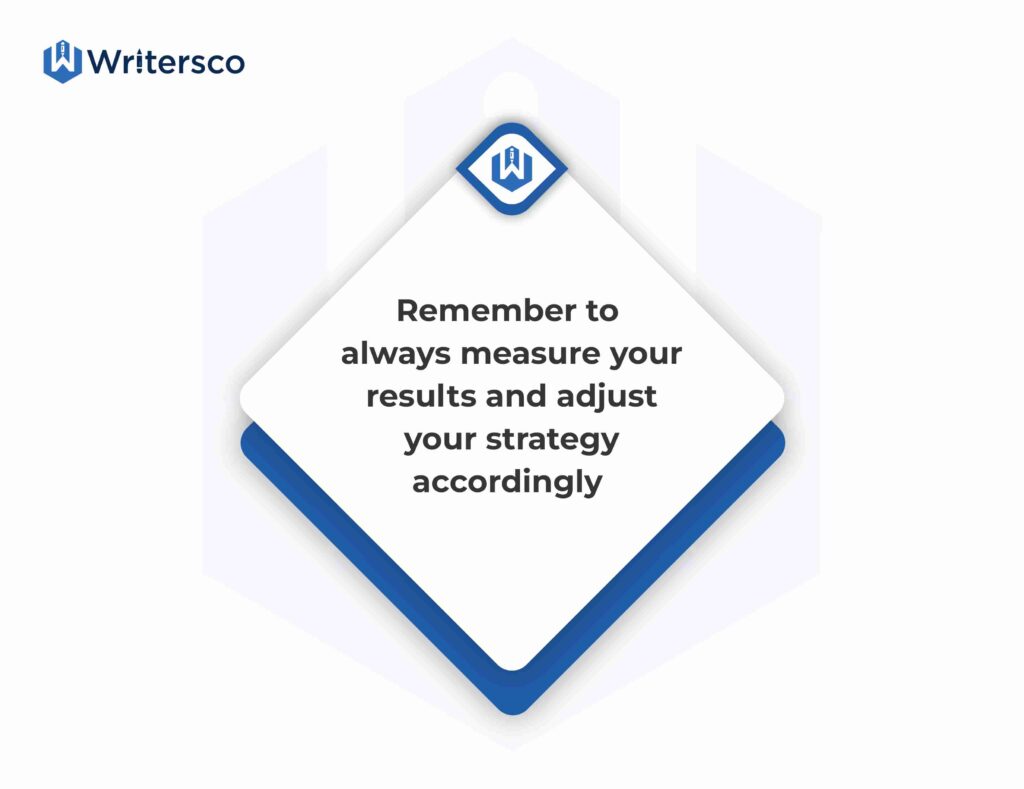
Common Mistakes to Avoid in Content Marketing
While content marketing can effectively reach your target audience and achieve your goals, some common mistakes can hinder your success. Here are three mistakes to avoid in content marketing:
1. Lack of consistency
One of the biggest mistakes in content marketing is a lack of consistency. Many companies start strong with a content marketing strategy but fail to maintain it over time. They may produce content sporadically or lose focus on their goals, which can lead to a lack of engagement from their target audience.
Creating a content marketing plan that includes regular, consistent content creation and distribution is essential to avoid this mistake. This means setting specific goals, establishing a content calendar, and holding yourself accountable for meeting your targets.
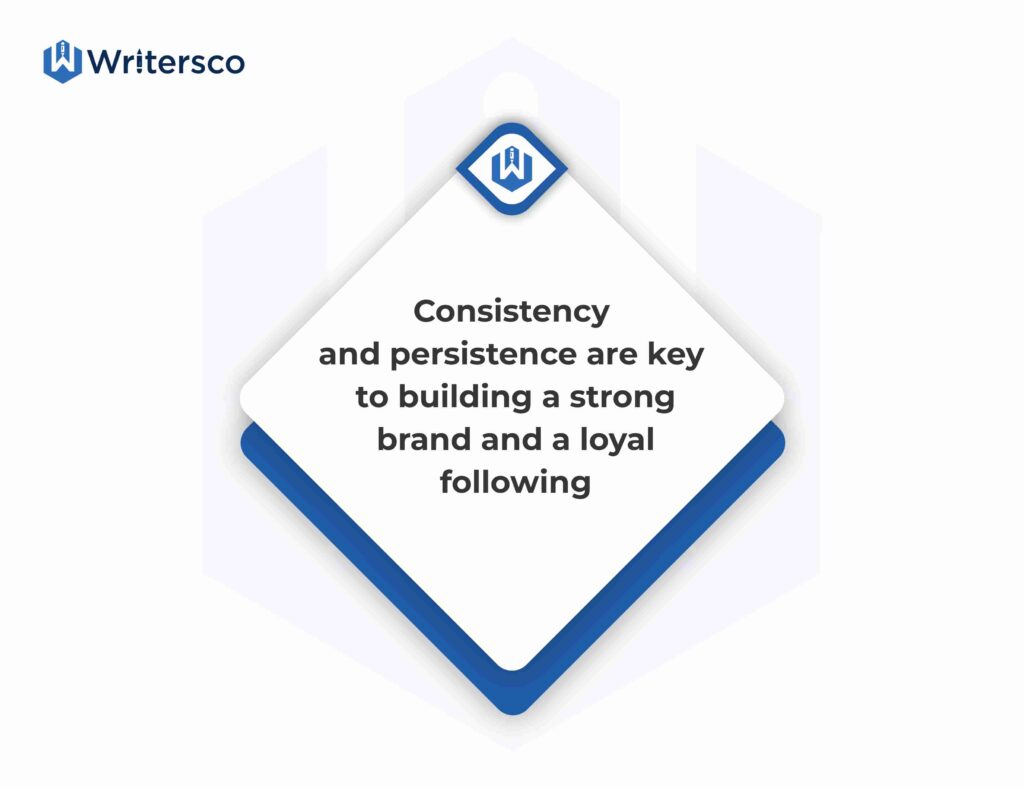
2. Not understanding your audience
Another common mistake in content marketing is not understanding your audience. Many companies make the mistake of creating too broad or generic content, which can fail to engage their target audience.
Conducting thorough research on your target audience is important to avoid this mistake. This means understanding their needs, pain points, interests, and preferred channels for consuming content. You can increase engagement and build stronger customer relationships by tailoring your content to your specific audience.
3. Focusing too much on sales
Finally, another common mistake in content marketing is focusing too much on sales. While the ultimate goal of content marketing is to drive sales and revenue, it’s important to remember that content marketing is a long-term strategy that requires building trust and relationships with your audience.
Creating valuable, informative content that addresses your audience’s needs and interests is essential to avoid this mistake. This can help you to build trust and establish your brand as a thought leader in your industry. By first providing value to your audience, you can build a loyal following and increase the chances of converting them into customers over time.
Conclusion
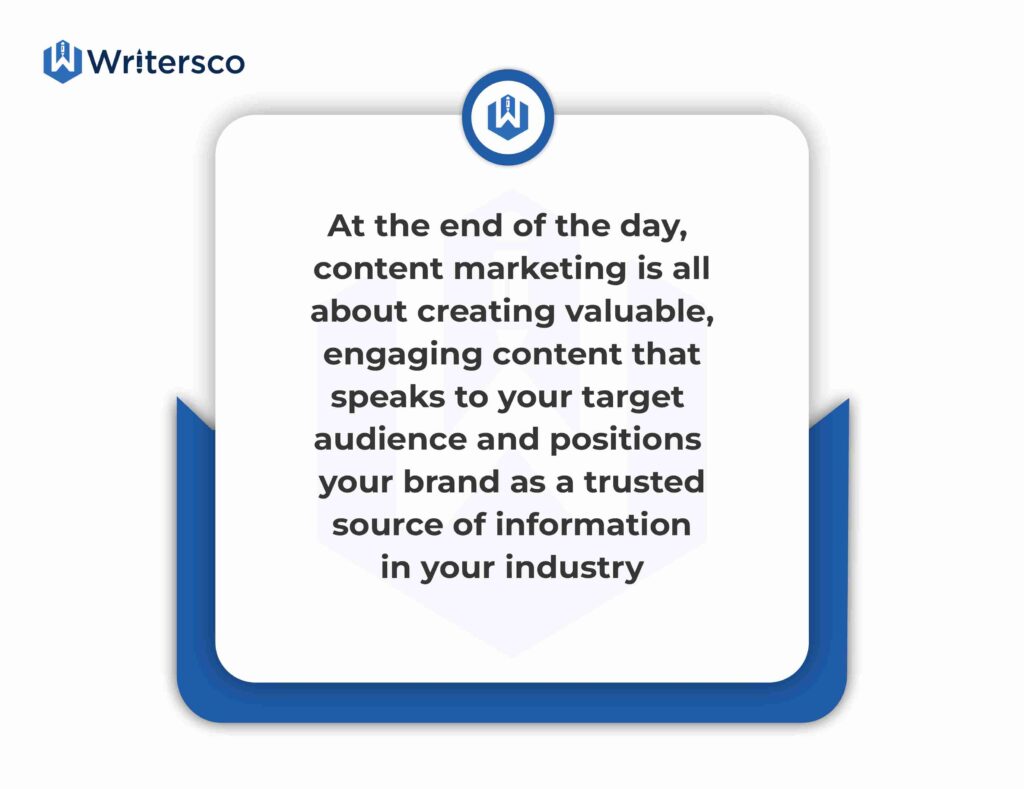
This content marketing guide will help create a successful content marketing plan that takes time, effort, and careful planning. By defining your target audience, understanding their buyer’s journey, and creating high-quality content that addresses their specific needs, you can attract and engage potential customers and grow your business.
Also, remember to measure and analyze your results regularly to identify areas for improvement and optimize your strategy for maximum effectiveness.




